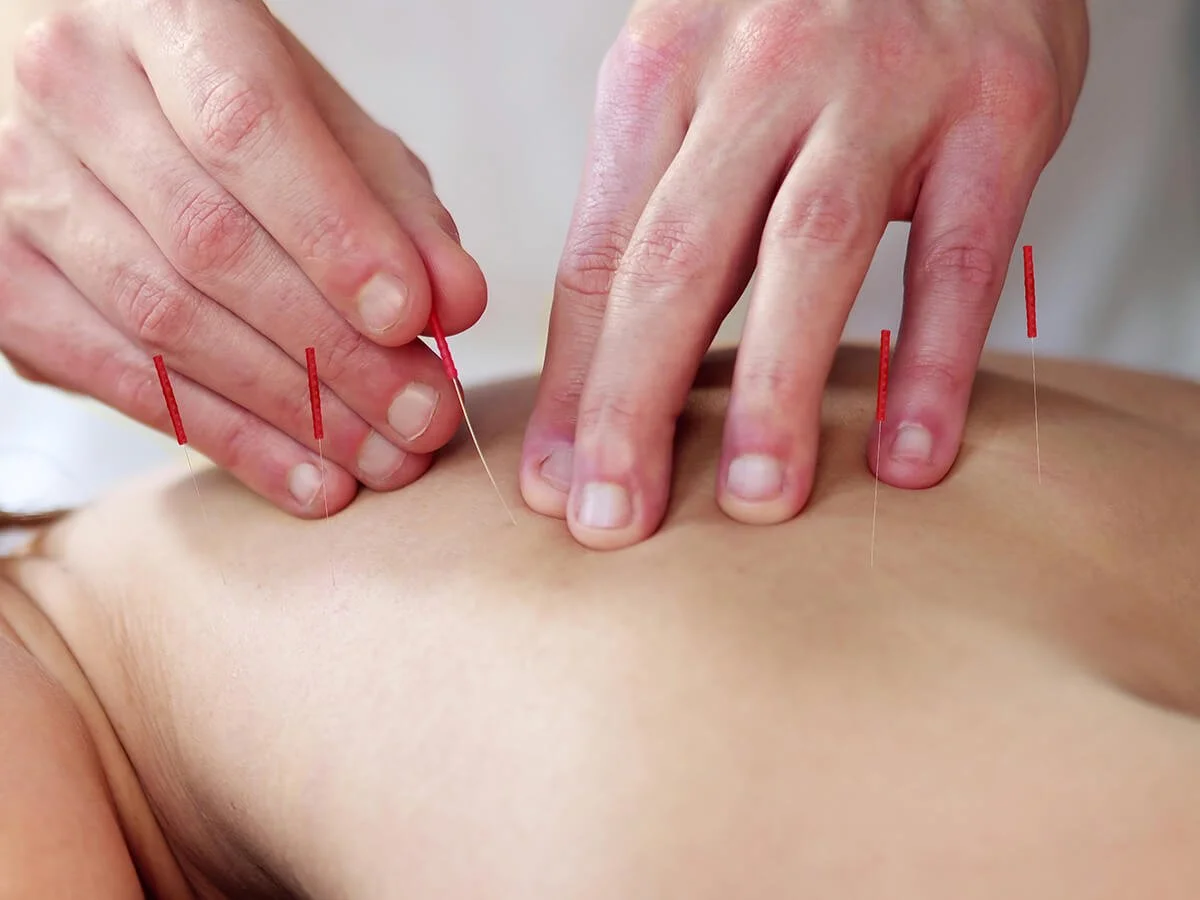For any athlete, from the weekend warrior to the seasoned professional, a sports injury can be more than just a physical setback. It’s a frustrating pause on your passion, a disruption to your routine, and a challenge to your mental fortitude. The standard recovery protocol—rest, ice, compression, and elevation—is a proven starting point, but athletes are always looking for an edge, a way to get back in the game faster, stronger, and more resilient than before.
This is where acupuncture, an ancient healing art backed by modern science, can play a transformative role.
When an injury occurs, whether it’s a sudden ankle sprain, a nagging case of tennis elbow, or a pulled hamstring, the body initiates a complex inflammatory response. While this process is essential for healing, it brings with it pain, swelling, and reduced mobility.
The primary goal of any effective recovery plan is to manage this inflammation, alleviate pain, and create the ideal environment for tissue repair. Acupuncture excels in all these areas, working with your body’s own systems to accelerate this natural process.
How Acupuncture Works: A Bridge Between Ancient Wisdom and Modern Science
Rooted in Traditional Chinese Medicine (TCM), acupuncture is based on the principle of restoring the flow of Qi (pronounced “chee”), or vital life energy, throughout the body. According to TCM, this energy flows along specific pathways called meridians. When an injury occurs, the flow of Qi and blood becomes stagnant or blocked in that area, leading to pain and dysfunction. By inserting ultra-thin, sterile needles into specific points along these meridians, an acupuncturist can break up this stagnation and restore healthy circulation.
From a modern biomedical perspective, the effects of acupuncture are just as profound and measurable. Inserting needles stimulates the nerves and triggers all sorts of beneficial physiological responses:
Natural pain relief. Acupuncture stimulates nerve fibres that send signals to the brain and spinal cord to release endorphins. These neurochemicals are the body’s natural opiates, providing powerful pain relief without the side effects of medication.
Reduced inflammation and swelling. By stimulating nerves and blood vessels, acupuncture promotes vasodilation—the widening of blood vessels. This increased circulation helps flush out inflammatory chemicals and cellular debris from the injured site while delivering a fresh supply of oxygenated blood, nutrients, and immune cells, all of which are crucial for healing.
Accelerated tissue repair. The enhanced blood flow initiated by acupuncture is fundamental to recovery. It ensures that the building blocks for tissue regeneration, such as collagen and proteins, are efficiently delivered to the damaged muscles, tendons, or ligaments, speeding up the repair process.
Muscle relaxation and restored mobility. Injuries often cause surrounding muscles to tighten up in a protective spasm, which can severely limit range of motion and lead to compensatory pain elsewhere. Acupuncture helps to release these trigger points and calm overactive muscles, restoring flexibility and function more quickly.
A Traditional Approach to Healing
Acupuncture is incredibly effective for a wide range of sports-related injuries and chronic pain, including ligament sprains, muscle strains, tendonitis, bursitis, and joint pain. However, its greatest strength is often realized when integrated into a comprehensive treatment plan. A holistic approach ensures that you are addressing the injury from all angles for the fastest and most complete recovery.
Combining acupuncture with other therapies can create a powerful synergy. For instance, our targeted sports massage at our Toronto clinic is an excellent complement. While acupuncture improves circulation and reduces pain at a deep, systemic level, sports massage can manually break down scar tissue, improve tissue elasticity, and address specific muscular imbalances that may have contributed to the injury.
For more chronic tension and deep-seated knots that often accompany long-term injuries, a deep-tissue massage can provide focused release, further enhancing mobility and preventing re-injury.
This multifaceted approach ensures that while your body is healing internally thanks to acupuncture, you are also addressing the biomechanical and soft-tissue components of the injury through manual therapy.
Take Control of Your Recovery
Suffering a sports injury doesn’t have to mean a long and frustrating period on the sidelines. By incorporating acupuncture into your recovery regimen, you are not just passively waiting to heal; you are actively enhancing your body’s ability to repair itself. It is a safe, effective, and minimally invasive therapy that can significantly reduce your downtime, manage your pain, and help you return to the sport you love with confidence.
Ready to accelerate your healing and get back to peak performance?
Consider adding acupuncture to your recovery plan. To learn more, contact Tui Na Massage Therapy and Head Pain Clinic Toronto today. Call us at 416-532-9094 or email info@totalwellnesscentre.ca to book your consultation and take the next step toward a faster, more complete recovery.


